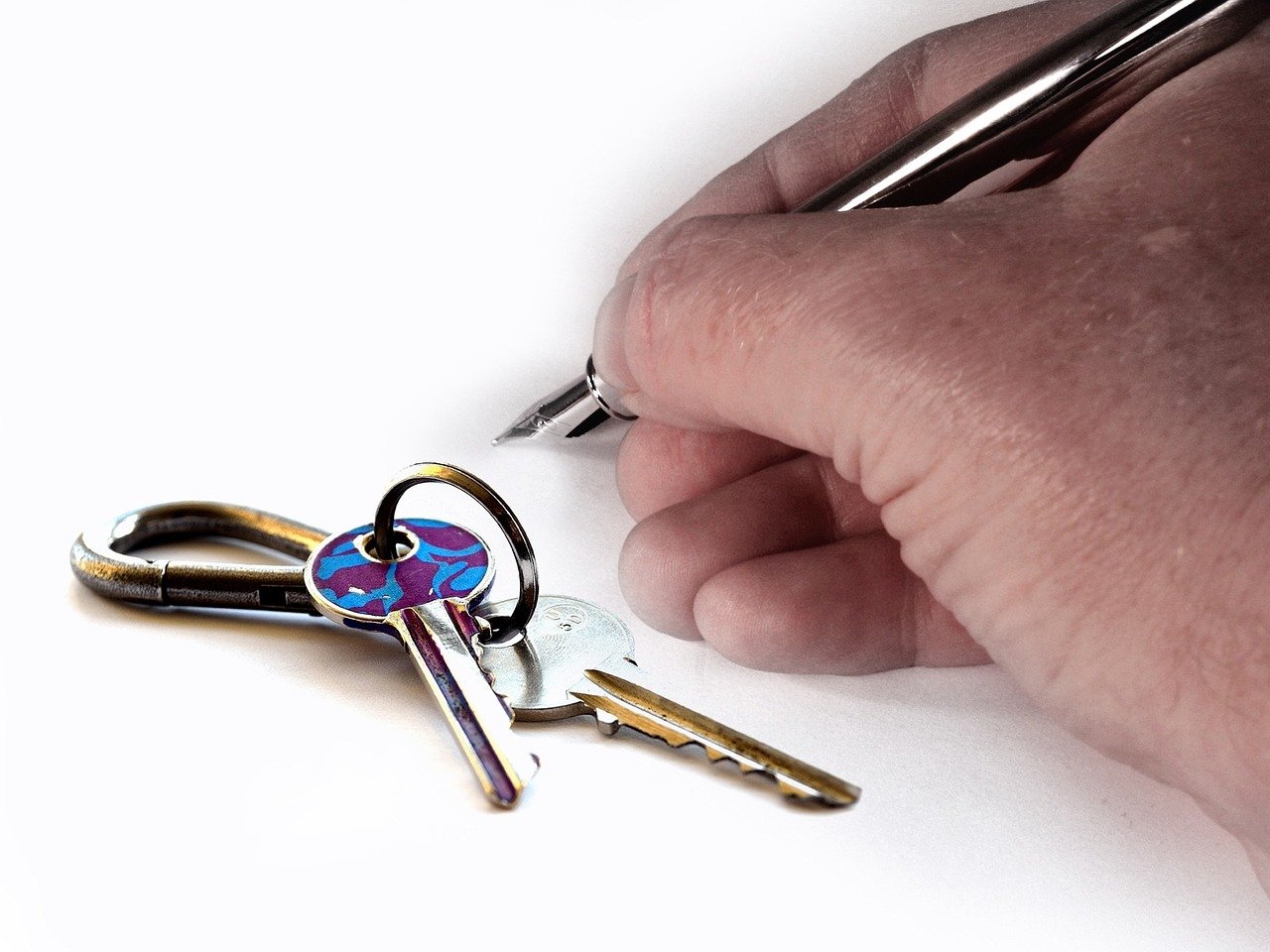Shipping fragile items feels like sending a kid off to camp—you want them to have fun, but you hope they don’t come back in pieces. It’s a calculated dance between caution and practicality, requiring a clear understanding of your items’ needs, a sharp eye for detail, and maybe just a pinch of paranoia.
Fragile items, by nature, are more demanding. They need cushioning, careful handling, and attention that might feel excessive—until you see the alternative. Taking the time to choose suitable materials and techniques isn’t just thoughtful; it’s necessary.
When done right, your items will arrive intact, ready to wow their recipients instead of puzzling them with shards and splinters. Let’s examine the five points that will save your cherished items—and perhaps your dignity—from a packaging disaster.
- Assess Your Fragile Items’ Needs
Packaging fragile items is like hiring bodyguards for a celebrity: not every item needs the same level of protection, but all need something to keep them intact. Start by asking yourself what you’re trying to protect.
Is it an antique teacup that looks like it might shatter if someone sneezes nearby? Or a set of crystal wine glasses that, while delicate, can handle a bit of a nudge if adequately padded?
Knowing your item’s fragility is the first step to giving it the care it deserves.
Bubble wraps are a prime example of quality packaging supplies that pay off. The heavy-duty kind, with its larger air pockets, offers superior shock absorption compared to its flimsy cousins.
Wrap your glassware in two to three layers of this stuff, and it’s as if you’ve wrapped it in the packaging equivalent of a Michelin-star meal: nothing gets in or out unless you let it.
Consider not just the object’s fragility but also its quirks. An oddly shaped vase with protrusions isn’t a candidate for one-size-fits-all solutions. Skimp on thought here, and you may find yourself with a heap of shards that once resembled art.
- Prioritize Quality Over Convenience
Cheap packaging supplies may seem appealing, but they’re often as useful as a chocolate teapot when things go wrong. Flimsy boxes and bargain-bin tape might save you a buck upfront, but they’ll cost you dearly if your items arrive in pieces. Think of it as investing in insurance—not exciting, but undeniably worth it.

Take heavy-duty mailing boxes as an example. These boxes are designed to withstand rough handling and unpredictable weather conditions. Unlike their flimsy counterparts that crumple at the first sign of pressure, heavy-duty boxes hold their shape and protect their contents with resilience.
Whether you’re sending a set of vintage glassware or a framed photograph, these boxes provide the sturdy foundation every fragile item needs to survive the journey unscathed. Cheap supplies not only compromise safety but can also create more work for you.
A weak tape, for instance, will peel away mid-shipment, inviting chaos into what could have been a well-contained situation. Use high-grade packaging tape that sticks like a toddler to their favorite toy.
- Choose the Right Size Packaging
Size matters, especially when it comes to packaging fragile items. Use a box that is too big, and your item has room to rattle around like a marble in a tin can. Use one too small, and you might as well be squeezing a bowling ball into a sock—something’s bound to break.
A double-walled cardboard box is an excellent choice for fragile items like plates or framed photographs. These boxes offer extra rigidity and can withstand the bruises of a cross-country move or the casual indifference of a courier service.
Ensure that there’s just enough room inside for padding materials—nothing more, nothing less. Overpacking a box is a rookie mistake.
Stuff it too full, and you risk creating pressure points that could compromise even the sturdiest materials. Underpack and you might as well be gambling at a Vegas casino, except the stakes are your grandmother’s china set.
- Factor in Cost Without Compromising Safety
Balancing cost and quality can feel like walking a tightrope. Spend too little, and you risk turning “fragile” into a “pile of fragments.” Spend too much, and you might wonder if protecting your items is worth more than the items themselves.
Smart choices lie in finding durable, versatile supplies that don’t break the bank. Packing peanuts is a cost-effective solution that still gets the job done.
They fill the gaps in your box, preventing items from shifting during transit. While they lack the elegance of foam or the satisfying pop of bubble wrap, peanuts are dependable workhorses for those who need to stretch a budget.
- Consider Eco-Friendliness
Protecting fragile items doesn’t mean you have to smother the environment in layers of non-recyclable plastic. Eco-friendly options are kinder to the planet and can be just as effective, with the bonus of making you feel like a responsible adult.
Recycled kraft paper is an excellent example. It’s versatile, biodegradable, and surprisingly robust when crumpled and layered as padding. Use it to wrap ceramic dishes or fill the voids in a box containing glass ornaments.
Cornstarch-based packing peanuts, for instance, dissolve in water and are biodegradable. They perform admirably, but their disappearing act may not be ideal if you’re shipping during a monsoon. Balance environmental concerns with practicality to avoid well-intentioned disasters.
Final Thoughts
Choosing the right packaging supplies for fragile items is an art and a science. It’s a process of understanding your items, balancing cost with quality, and making choices that won’t have Mother Nature rolling her eyes at you. Follow these steps, and your heirlooms, knick-knacks, and treasures will thank you—silently, of course.
Whether sending a delicate vase across the country or trying to keep your sanity intact during a move, the right choices make all the difference. Choose wisely, and your boxes will arrive without so much dent—or a guilty conscience.













